Rhododendron Care: How To Grow Beautiful Rhododendrons and Azaleas
Learn how simple Rhododendron care actually is with these easy tips on how to grow beautiful Azalea and Rhododendron bushes.
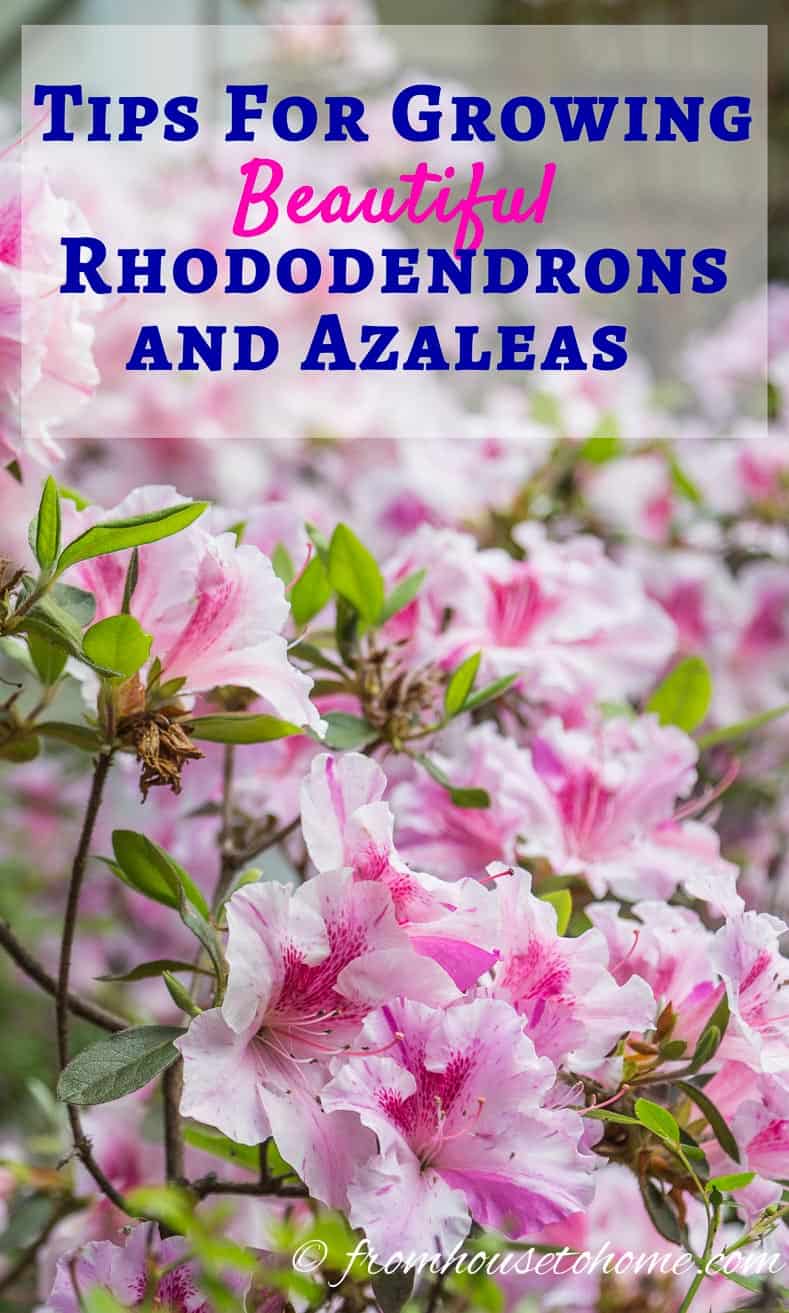
Rhododendrons are one of the very first shade bushes I ever planted way back in my very first garden.
I remember how amazed I was that there was a shade-loving shrub which was evergreen and had such beautiful blooms in the spring.
And now that I’ve grown them for so many years, I still love them. Especially since Rhododendron care is so easy!
In the years since I started gardening, I’ve expanded my selections to include many varieties of Azaleas as well. They are also part of the Rhododendron family but are not all evergreen.
A little confusing I know. Azaleas and Rhododendrons are both referring to different varieties of Rhododendron. Why some get a common name (like Azalea) and some still go by the species name (Rhododendron), I’m not sure.
However, generally speaking, Azaleas and Rhododendrons require the same type of care and (very little) maintenance so I always think of them as part of the same group.
Keep reading to find out all the details of growing and caring for Rhododendrons and Azaleas.
Pick Plants For Your Zone
Northern Hi-Lights Azalea By Elsa Blaine from Cambridge, Ontario, Canada (Northern Lights Azalea) [CC BY 2.0], via Wikimedia Commons
Depending on the variety, you can find Rhododendrons and Azaleas that grow in zones 3 – 9.
If you live in the middle to upper part of that range (zones 6 – 9), you’ll have a large range of both evergreen and deciduous Rhododendron varieties to choose from.
On the cold end of the range, deciduous Azaleas are usually your best bet.
The University of Minnesota bred the ‘Northern Lights’ series specifically to survive cold temperatures.
They are listed as surviving to zone 3, but some people say that they have grown the ‘Northern Lights’ variety of Azaleas as far north as Zone 2! So if you live that far North and are willing to take a chance, that might be worth a try!
Plant In The Right Light
Most rhododendrons prefer part shade to shade, or being planted under trees where they get dappled sunshine.
However, there are some varieties like the PJM Rhododendron pictured below that actually bloom better in full sun. So be sure to check the label on the variety.
As with most plants, the further north you live, the more sun they can usually take.
Plant In Acidic Soil
Like many woodland plants, Rhododendrons and Azaleas require acidic soil to grow well.
Their leaves will start to turn yellow, and the plant will look quite unhealthy if the soil is too alkaline.
Where I live, the soil is naturally acidic so I don’t have to do much to it. But if your garden isn’t, adding peat moss to the soil when you are planting your Rhododendrons will help.
For established plants, spreading some peat moss around the base of the plants once a year can benefit them.
Cover it with mulch to make sure that the peat moss doesn’t dry out…it’s almost impossible to re-wet it afterwards
Water Well
All Rhododendrons and Azaleas need to be well-watered, requiring at least 1″ of water per week.
Letting them dry out can affect how many flowers you will have next year, so it’s important to make sure they are getting their water requirement.
The easiest way to make sure this happens is to install a soaker hose watering system with a timer that is scheduled to automatically turn on the water for you. Doing this yourself isn’t as hard or as expensive as it sounds.
Some gardeners plant companion plants (such as Impatiens) beneath their Rhododendrons. When the soil is getting dry, the Impatiens will wilt and let you know that you need to water.
However, on the other end of the spectrum Rhododendrons also don’t like to be standing in water or their roots will rot.
In my area of the country, we have very hard clay soil (which is notorious for not letting water drain). Fortunately, Rhododendrons have very shallow root systems, so I am still able to grow them by digging a wide but not too deep hole to plant them in. Then when I’m filling the hole back in, I use a mixture of top soil, compost and peat moss rather than the original clay.
Mulch Well
Speaking of those shallow root systems, mulching is very important for preventing Rhododendrons from drying out and getting overheated.
I like to use 3″ – 4″ of ground bark mulch and pine needles. They add organic matter to the soil as they decompose and keep the soil acidity level up.
Fertilizer Is Optional
To tell you the truth, I don’t fertilize my rhododendrons at all. With well-amended and mulched soil, I don’t think they really need fertilizer.
But if you do want to fertilize, according to the Kenneth Cox book on Rhododendrons and Azaleas*, you should do it early in the spring before the plant has started blooming.
That will promote beautiful flowers. Apparently, fertilizing after your Rhododendron has finished flowering promotes more leaves at the expense of next year’s flowers.
Organic rhododendron fertilizer*
Since Rhododendrons do have such shallow roots, they are easily damaged by chemical fertilizers, so don’t apply too much.
Prune Sparingly
Pruning isn’t really required for Rhododendrons and Azaleas. Basically, the only time I do anything to them is to cut off any dead or diseased branches. (If you have any branches that look like this, you might want to check out our information on Rhododendron diseases).
If you do need to prune your plant for some reason, do it as the flowers are fading.
Next year’s buds start forming right beneath this year’s flowers immediately after the flowering has stopped. So if you wait until the blooms are done, you will probably end up with no flowers next year.
If a severe pruning is necessary, you can cut the stems down to 12″ – 15″ above ground, and it should come back.
One of my large Rhododendrons didn’t do well in the drought we’ve had for the last couple of years, so I ended up cutting it right back.
And this year it started putting up new healthy-looking shoots. These bushes really are pretty tough!
Deadhead Large Leaved Rhododendrons
For the leather-leaved, large-flowered Rhododendrons (like R. catawbiense), removing the flowers after the plant has bloomed will encourage it to spend its energy creating new buds for next year instead of growing seeds.
To do this, you can use pruning shears or just break off the flower head from the stem with your fingers. However, be careful to only remove the flower head (no leaves).
As you can see in the picture, the new growth that contains the buds for next year’s flowers will develop immediately below this year’s flowers so you don’t want to remove them by accident.
For more details on deadheading Rhododendrons, watch this video:
[kad_youtube url=”https://www.youtube.com/watch?v=ONF1pjLYdLA”]
Having said this, I don’t usually get around to deadheading mine and they still put on a pretty good show every year 🙂
For the small leaved varieties such as the PJM Rhododendron and most Azaleas, deadheading isn’t necessary at all.
More Rhododendron Care Information
If you’re looking for a really great book on Rhododendrons and Azaleas, this one by Kenneth Cox* has a lot of in depth information. Plus a whole bunch of beautiful Rhododendron pictures to help you find the one you want (or identify the ones you already have). It is a British book so some of the spellings and references are a little different, but the Rhododendron information is top notch.
Hopefully you now have all of the Azalea and Rhododendron care information you need to get them growing well in your own garden.
Other Rhododendron Information You Might Like
- 7 Of The Best Azalea and Rhododendron Varieties
- Rhododendron Problems: What’s Wrong With My Rhododendron?
- Shade Loving Shrubs: 11 Beautiful Bushes To Plant With Rhododendrons
Have comments or questions on Rhododendron care? Tell us in the section below.
Pin It So You Don't Forget It!
[columns] [span4]
[/span4][span4]
[/span4][span4]
[/span4][/columns]
This post was originally published on July 4, 2017 but was updated with new content on November 23, 2024.




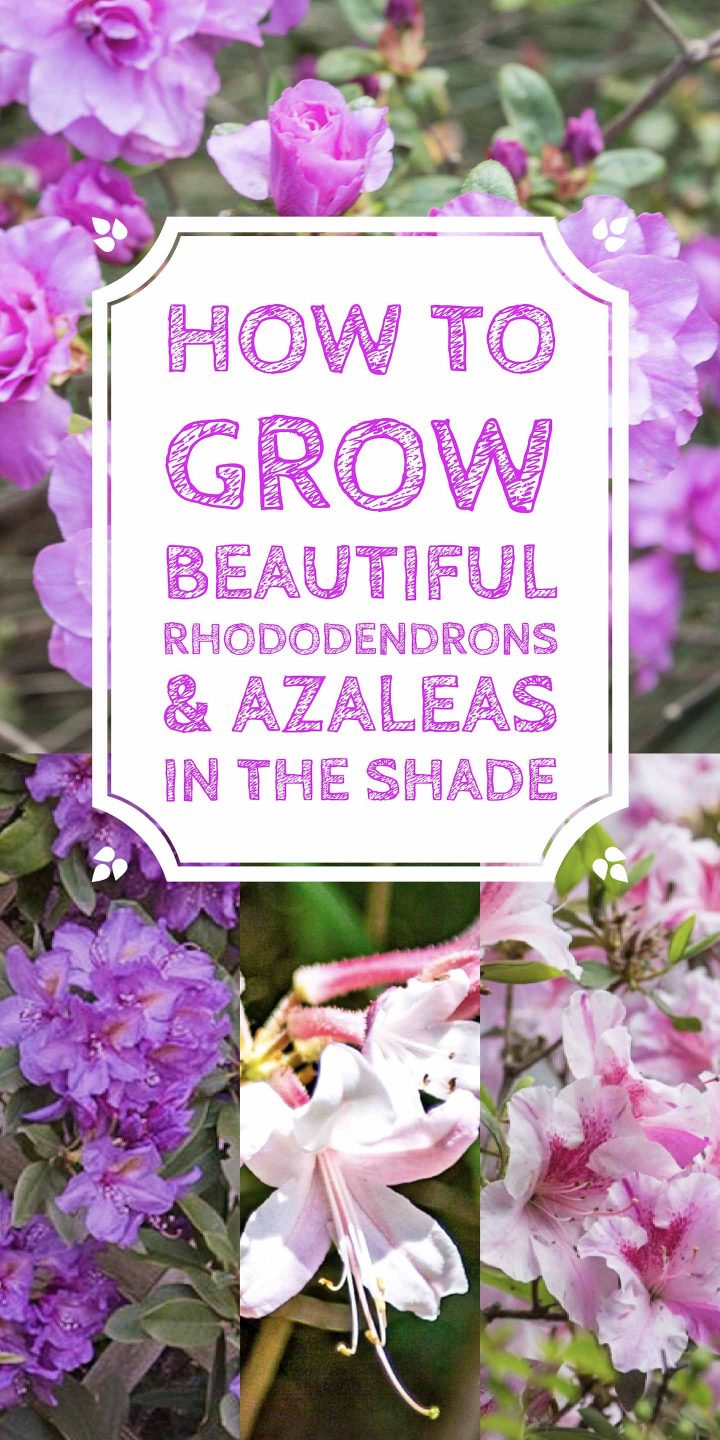
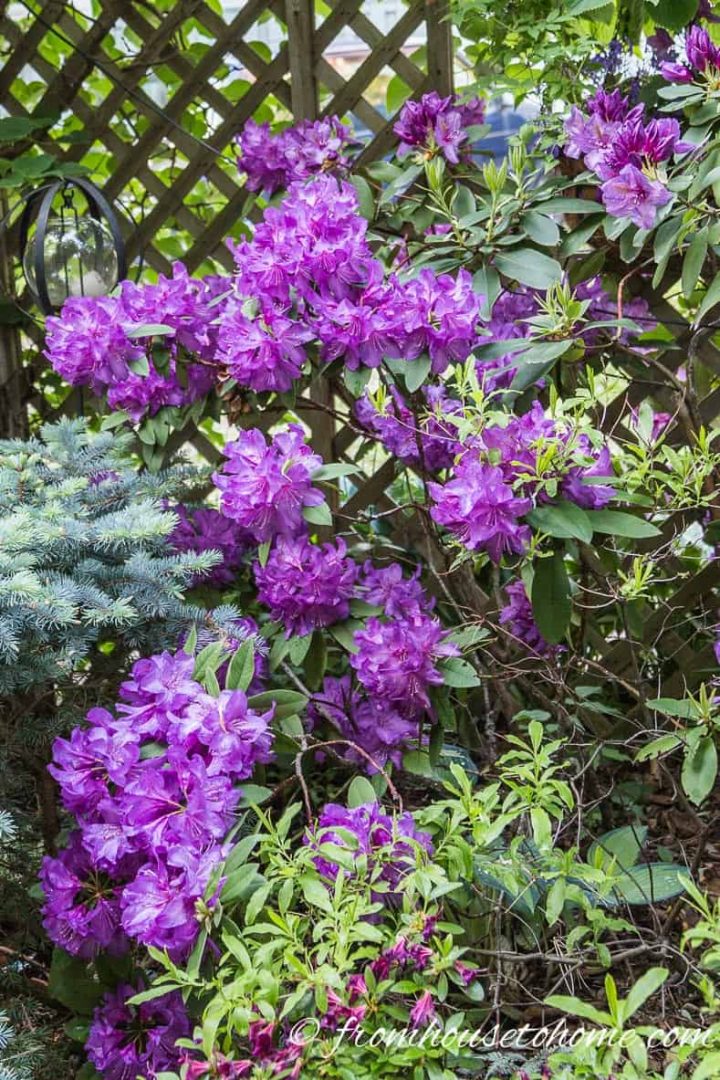



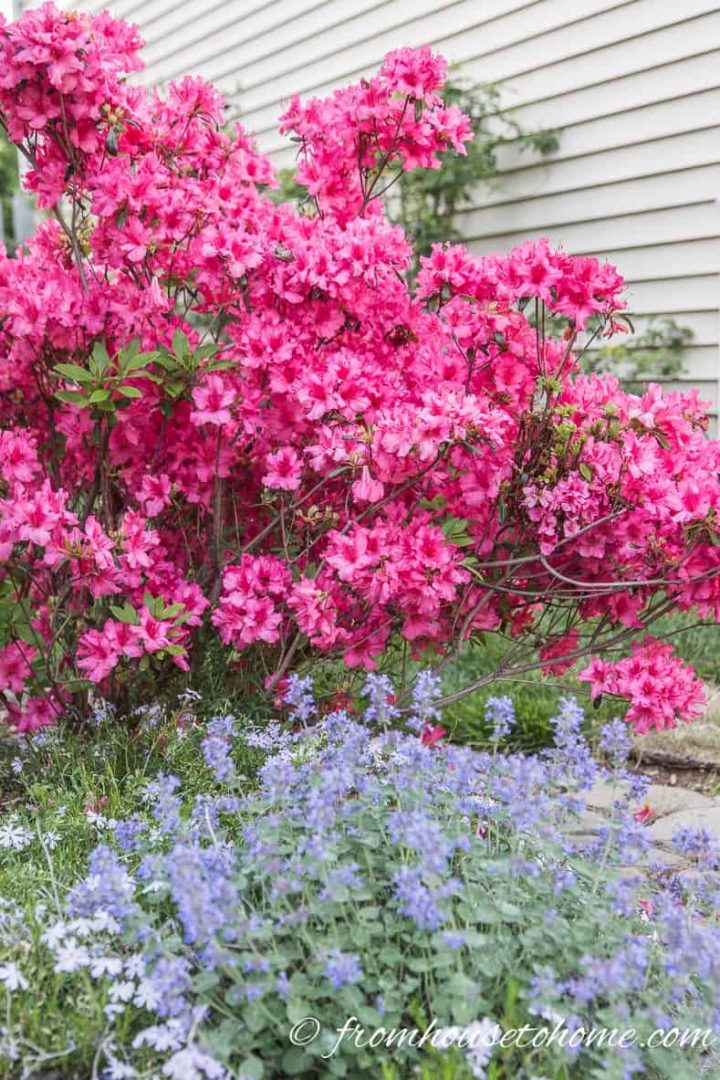




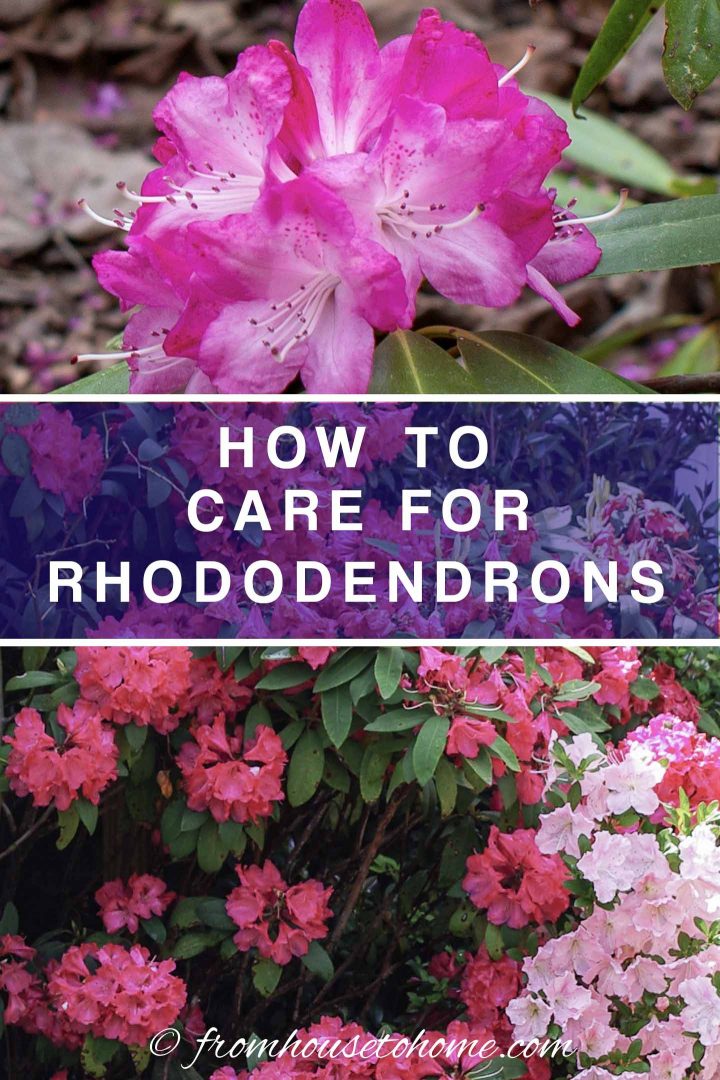


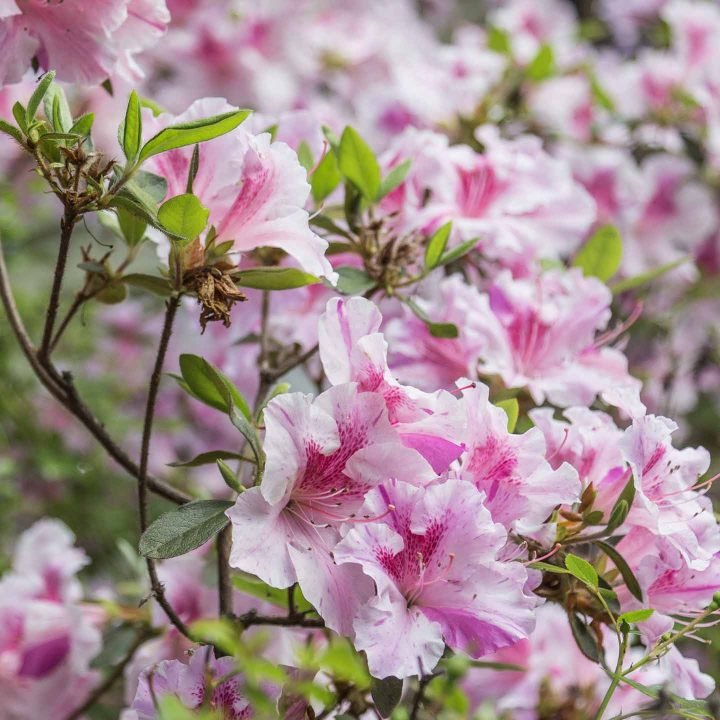










![Picture By Elsa Blaine from Cambridge, Ontario, Canada (Northern Lights Azalea) [CC BY 2.0], via Wikimedia Commons](https://www.gardenersoasis.com/wp-content/uploads/sites/12/2017/07/rhododendron_northern_hi-lights.jpg)
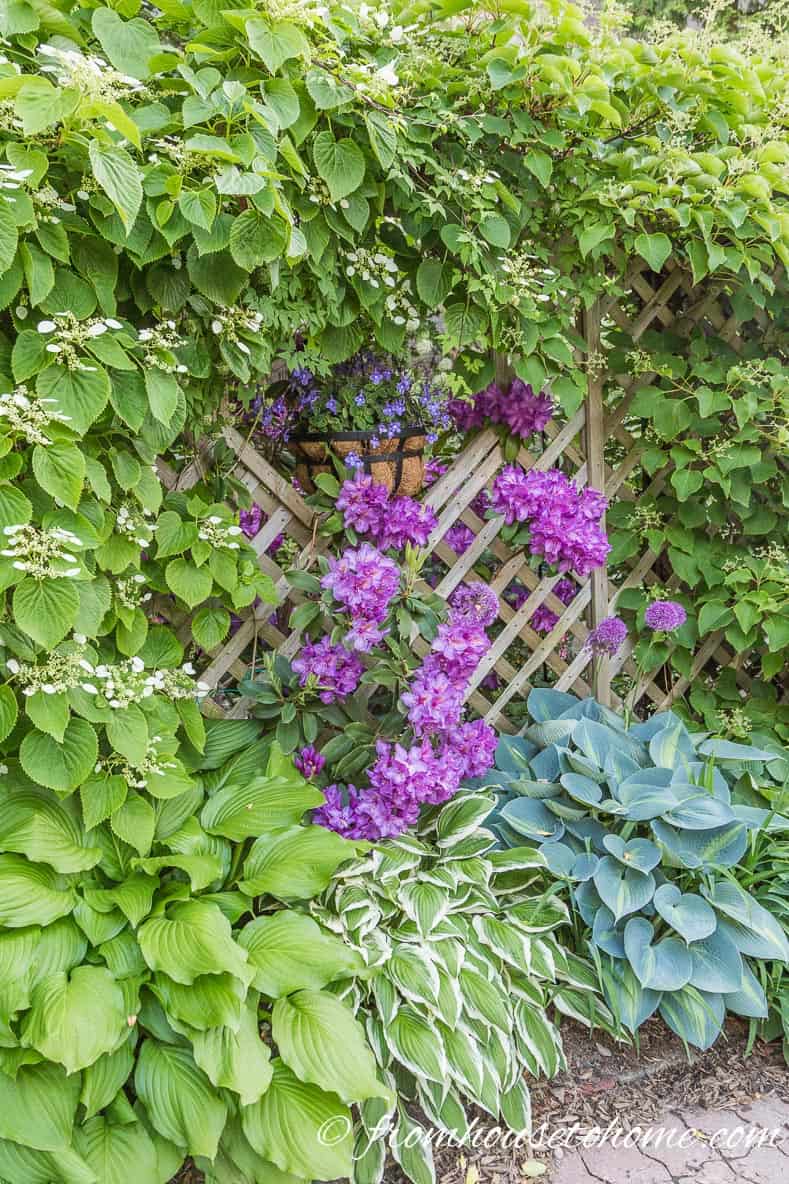

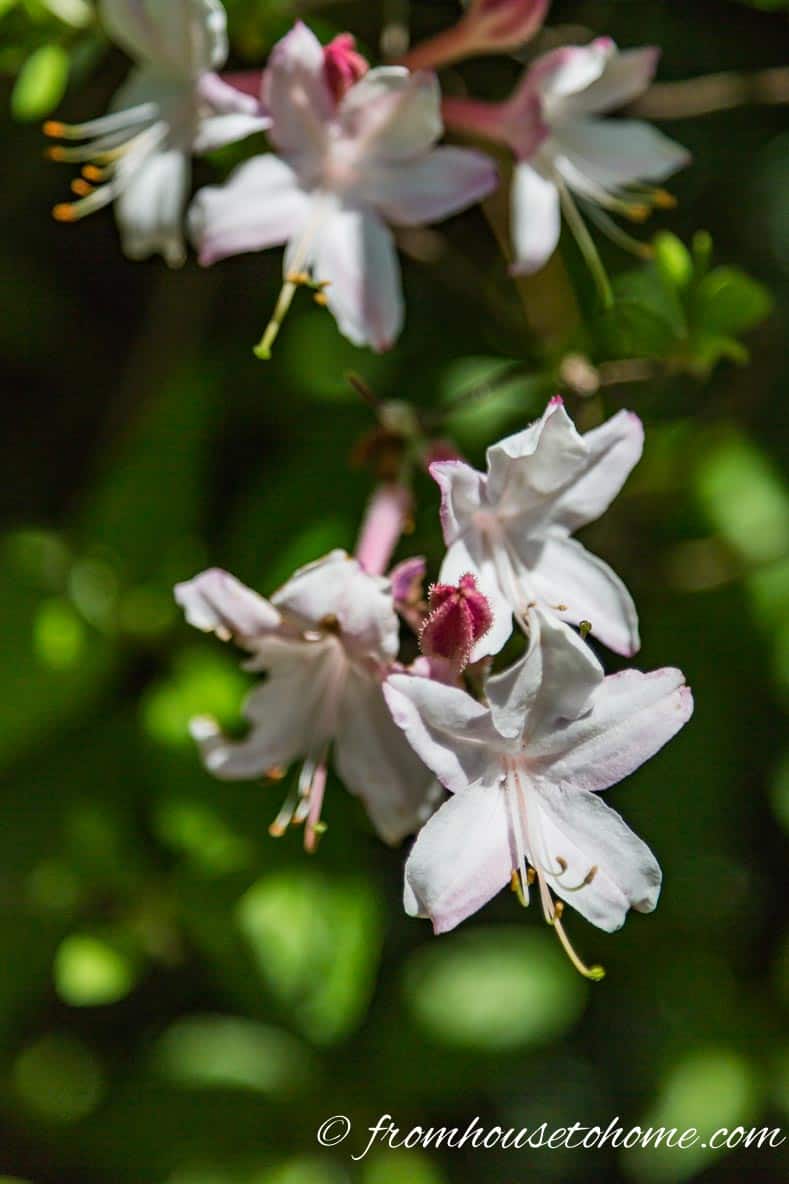
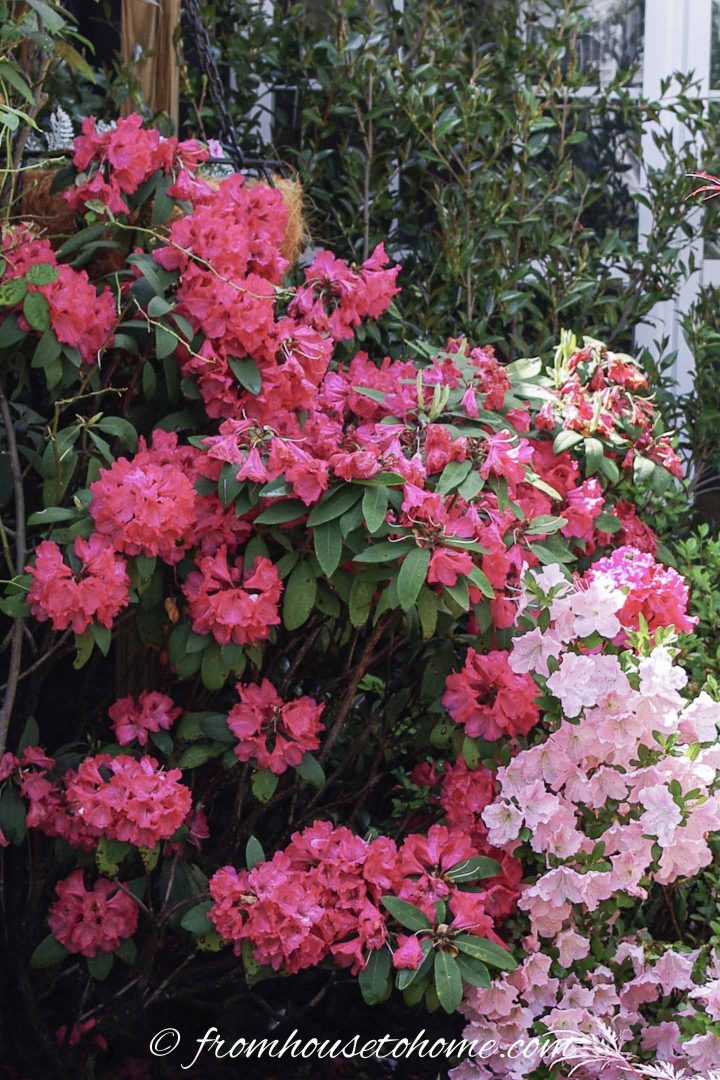
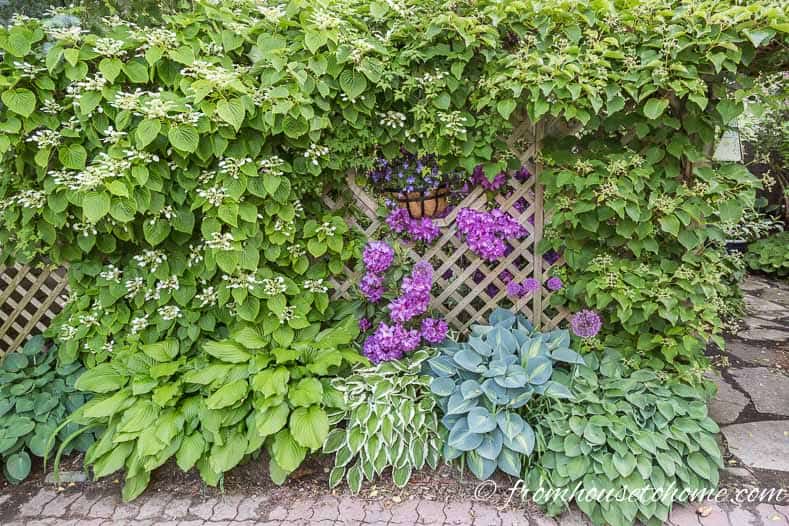
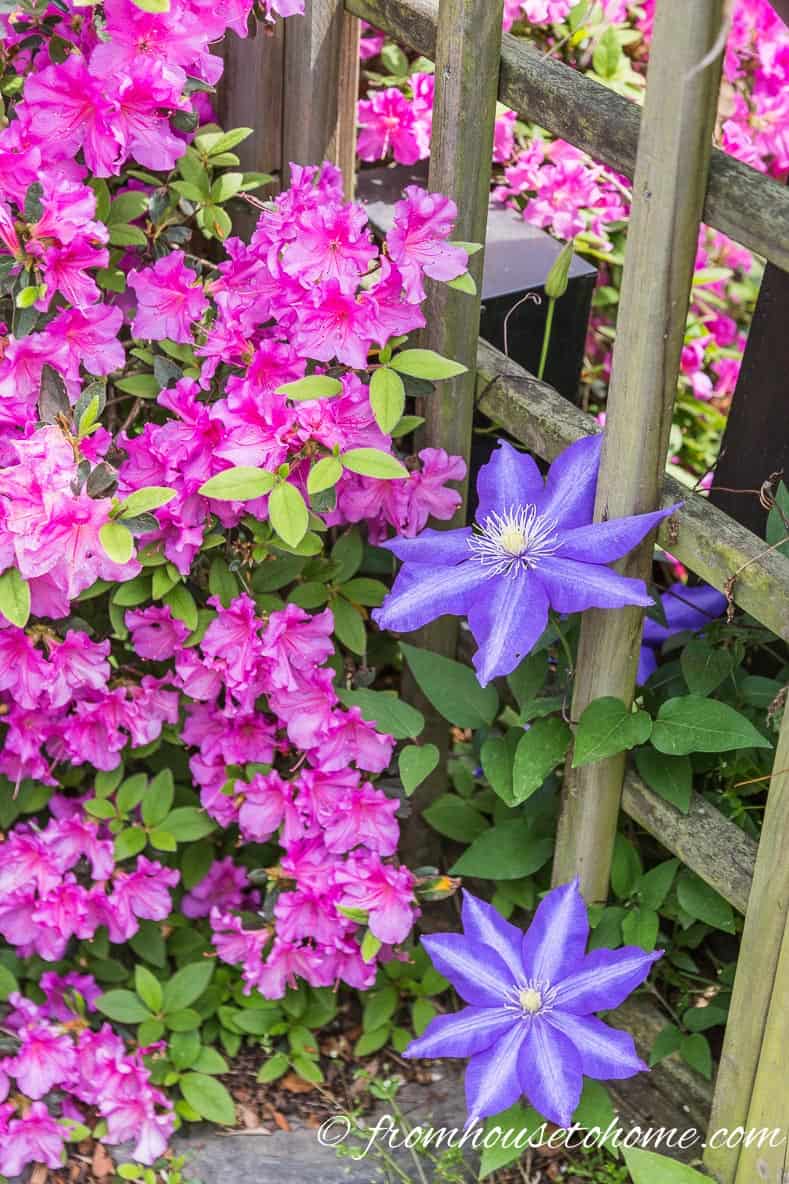
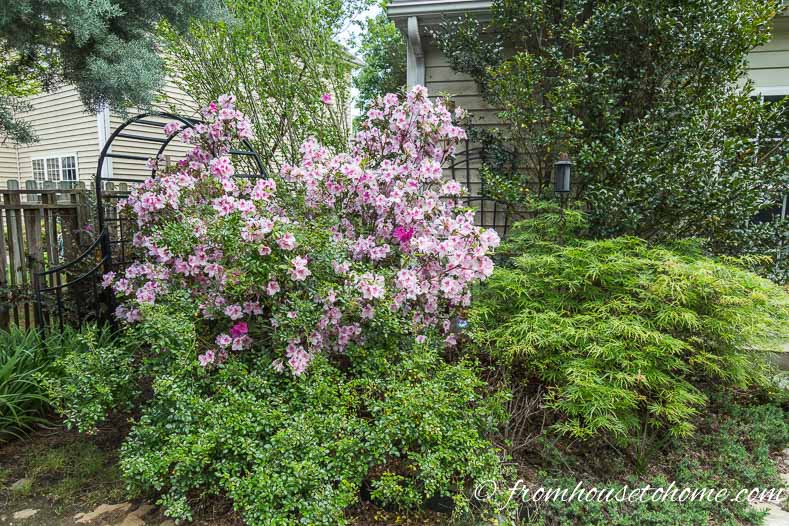


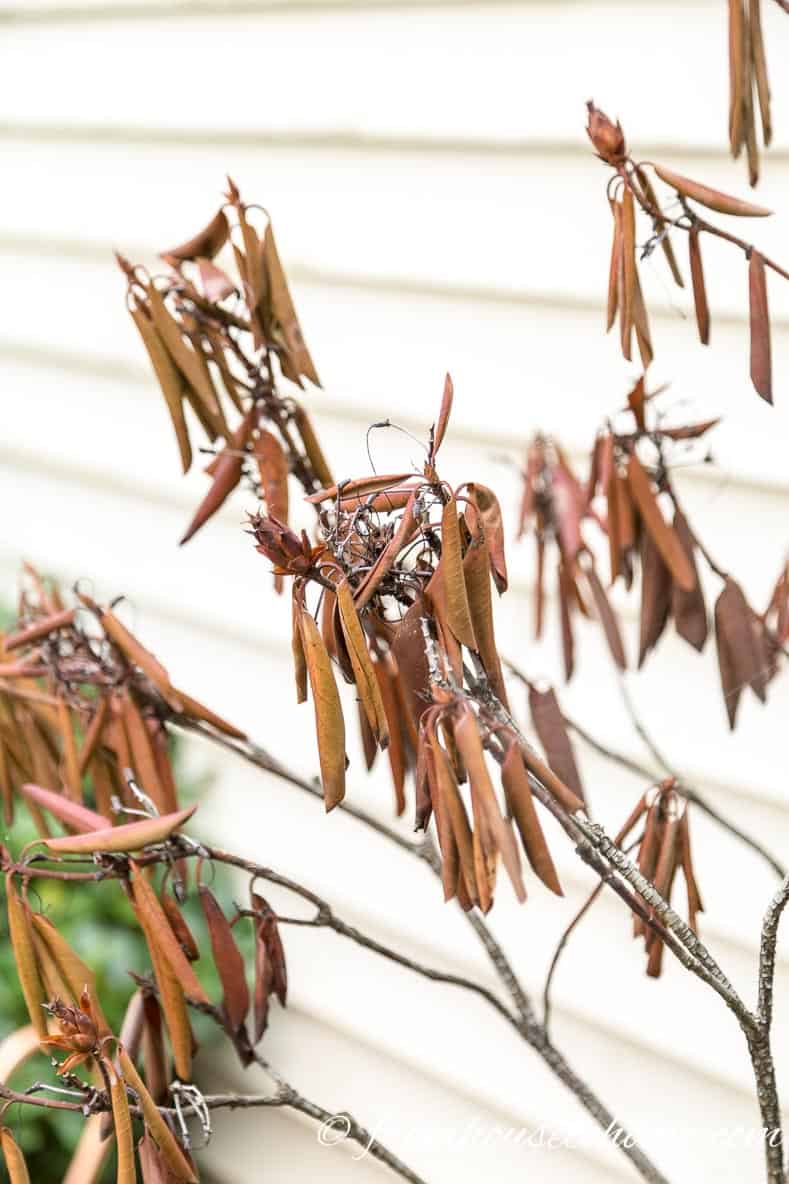
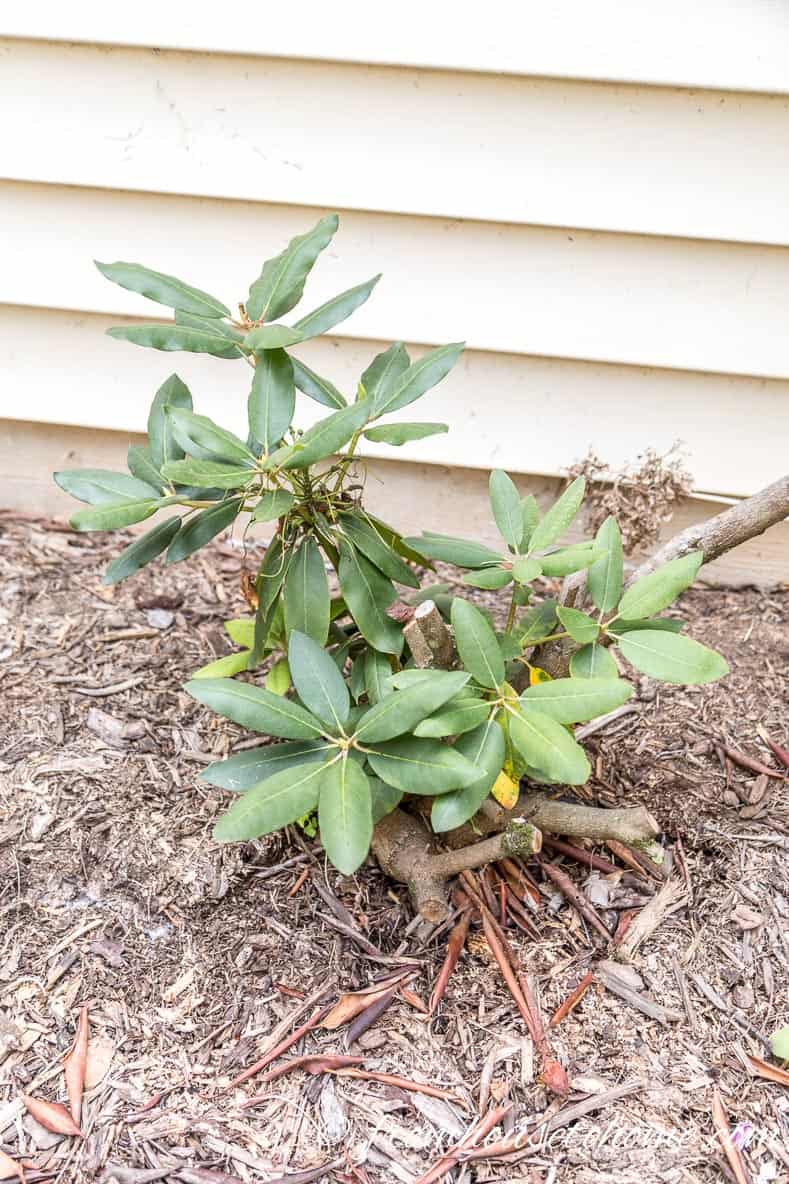
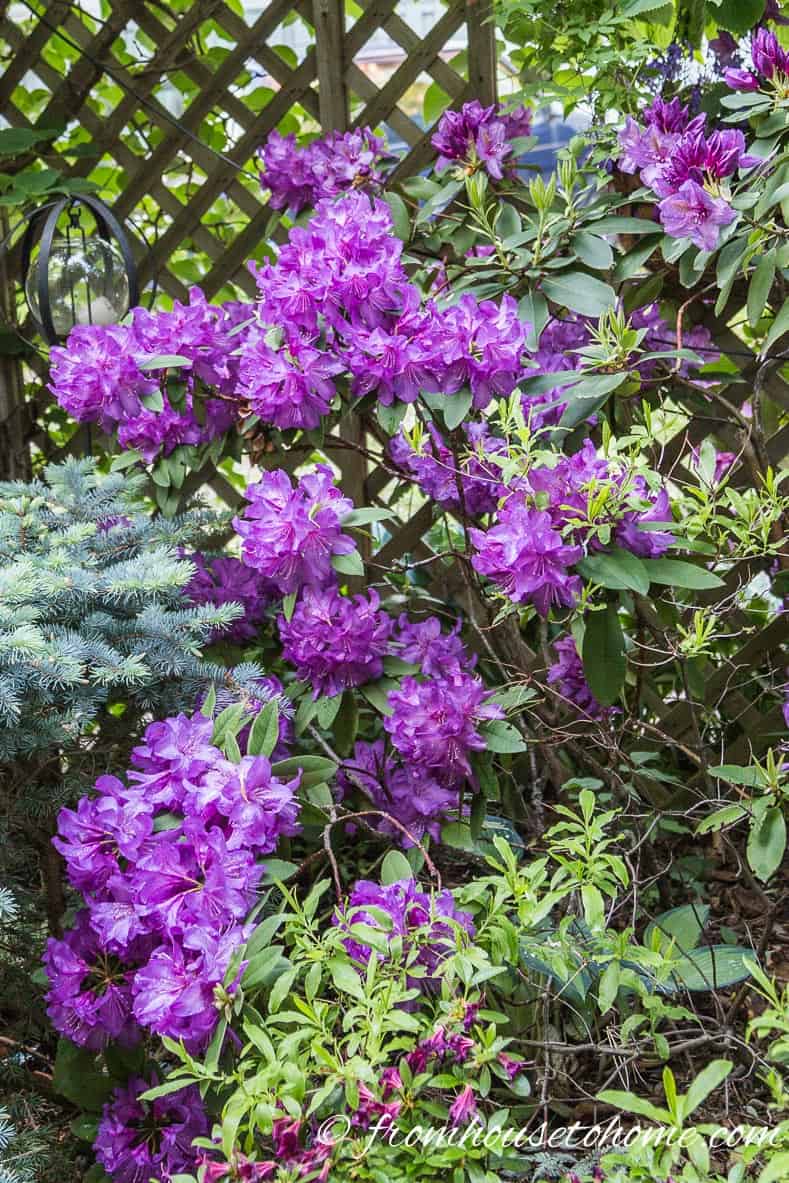
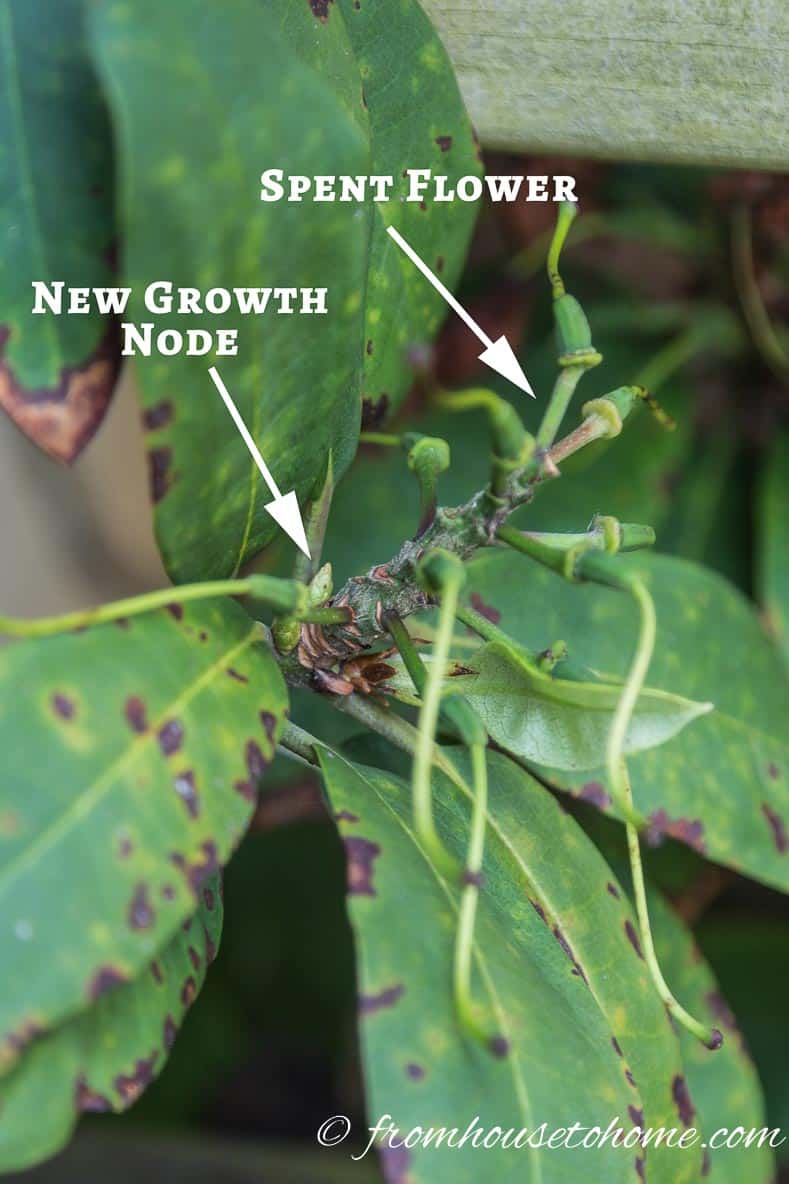

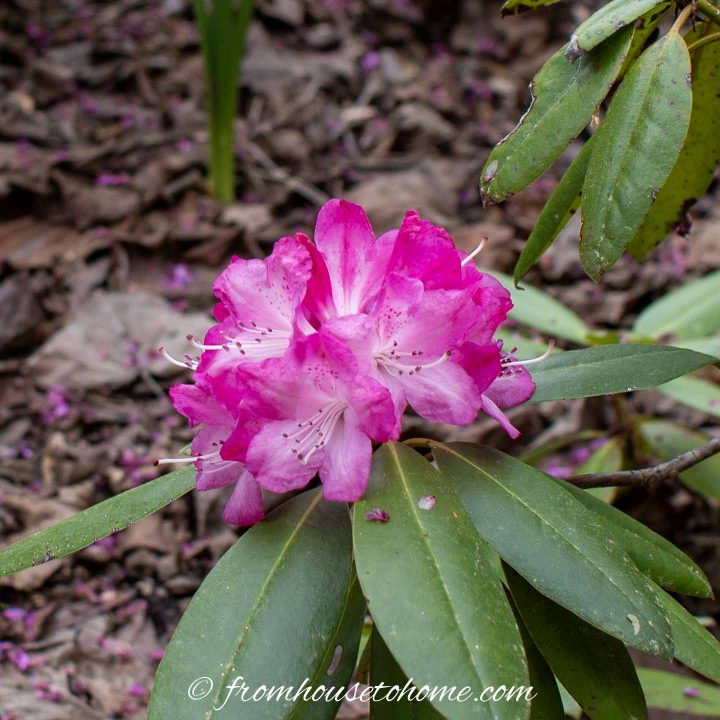
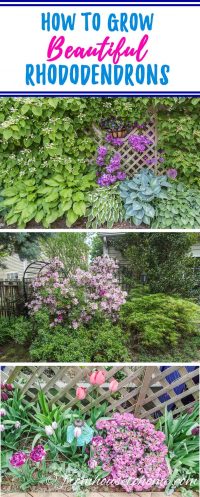
I purchased azaleas 2 years ago that said full shade and thats where i planted them. They have not bloomed once. What do i need to do?
Hi Barbara…It can take 2 or 3 years for the plants to get established before they start blooming. Other than that, the most common reason for no blooms is pruning. For most Azaleas, the flower buds grow the summer before they bloom, so if you trim the bushes in the fall or early spring, you will cut them off. Or you could get the same issue if you have rabbits or deer nibbling on your bushes, or a late frost that kills the buds. If none of those are the problem, I would try using a fertilizer that is meant for Rhododendrons and Azaleas. Hope this helps!
We have lived in our house for 5 years and the established, but small, rhodies that were here when we moved in have never bloomed. They are right up against the north side of the house under a pretty dense tree. Could it be not enough light? They look to be quite healthy other than the buds never produce blooms. I’m wondering if I should transplant them to a slightly less shady spot?
Hi Kim…if they are getting buds but no blooms, it may not be a problem with shade. It could mean that you get late frosts which kill off the flowers, or that they are getting too much Nitrogen (usually from fertilizer) which causes leaves to grow but suppresses the flowers. If neither of those are the problem, then it may help to move them.
Hello, my azalea started forming an algae on the twigs. Not sure how or why if maybe the lawn chemicals caused this or just bad soil, but they had been good for 5 years and now this. Any advice to save them? They are still flowering but there are some stems that are dead which I was pulling off. It almost seems like in the middle is where they are dying most.
Hi Anya…algae is an indicator that the plant is not healthy, but isn’t usually the cause of the issue. I would check on the growing conditions – is the soil acidic enough? Is it getting enough water? Or is the soil too wet? Too much fertilizer can also cause issues. If you can correct those issues, then the algae will probably go away on its own.
Hi Wanda, we have just moved into a house which has several established Rhododendron bushes and two of them seem to be having trouble.Young leaves on both plants are turning yellow and the flowers although aplenty are not looking healthy. They look slightly shrivelled up and as if they are lacking something. I’ve tried feeding the soil to make it more acidic but no joy. Sorry if this sounds really vague but I’ve never had Rhododendrons before so not sure what to do.
Raj
Hi Raj…I would also check the amount of water they’re getting. Rhododendrons don’t like to sit in water (so make sure the drainage is good) and they don’t like to get too dry.
Any advice with overwintering potted Rhododendron and Azaleas?
Hi June…I would put up some chicken wire around the pots and fill in around the pots and partway up the plants with mulch or straw. This should provide some extra insulation to keep them from thawing and freezing.
I live in Houston Texas which is considered a zone 11. I want a flowering shrub for shaded areas. While Azaleas are pretty when blooming they are straggly most of the time. Is there a flowering Rhododendron for 75-90% shade that will thrive in our heat.
Hi Mike…I don’t have any personal experience with zone 11 Rhododendrons, but I found a chart from the American Rhododendron Society (here) that talks about varieties for warmer zones. Hopefully that helps!
Last year the rabbits ate most of the stems off my azaleas. I was so disappointed to see them like this. How do I prevent this next year?
Hi Tria…I try to plant plants that the rabbits don’t like around the ones that they do and that usually discourages them (unless they’re really hungry). However, there are some other solutions that you can try from the farmer’s almanac HERE.
I have numerous healthy varieties blooming this spring. One plant that was lightly pruned last spring has solid new growth, but no flower. This year the plant has a fuzzy dust colored substance on every leaf. It doesn’t rinse off. I can wipe it off with my fingers and the leaf is a lovely bright green. What could cause this? Should I wipe it off?
Hi Kirk…that sounds like powdery mildew. It’s a fungal infection that can be treated with horticultural oil.
Hi Wanda, I’ve had my Rhododendron for 4 years now and I’ve never gotten a bloom. I live in Canada and the temperatures in summer is anywhere from 75-80 degrees. It seems to be planted in a grown which seems to be mossy and sponge like. Last week I did see healthy buds but now there gone. They get mostly sun but only shade when it’s cloudy. We have lots of rain as well. What am I doing wrong.
Linda
Hi Linda…If the buds have disappeared, it sounds like something might be eating them. Do you have deer in your area? You could also try fertilizing the plants with a Rhododendron fertilizer to make sure they are getting the right nutrients.
Do we need to pick off the new growth under the spent flowers? Or is that the new growth for next year?
Hi Diane…leave the new growth there. It will develop into new leaves and buds for next year.